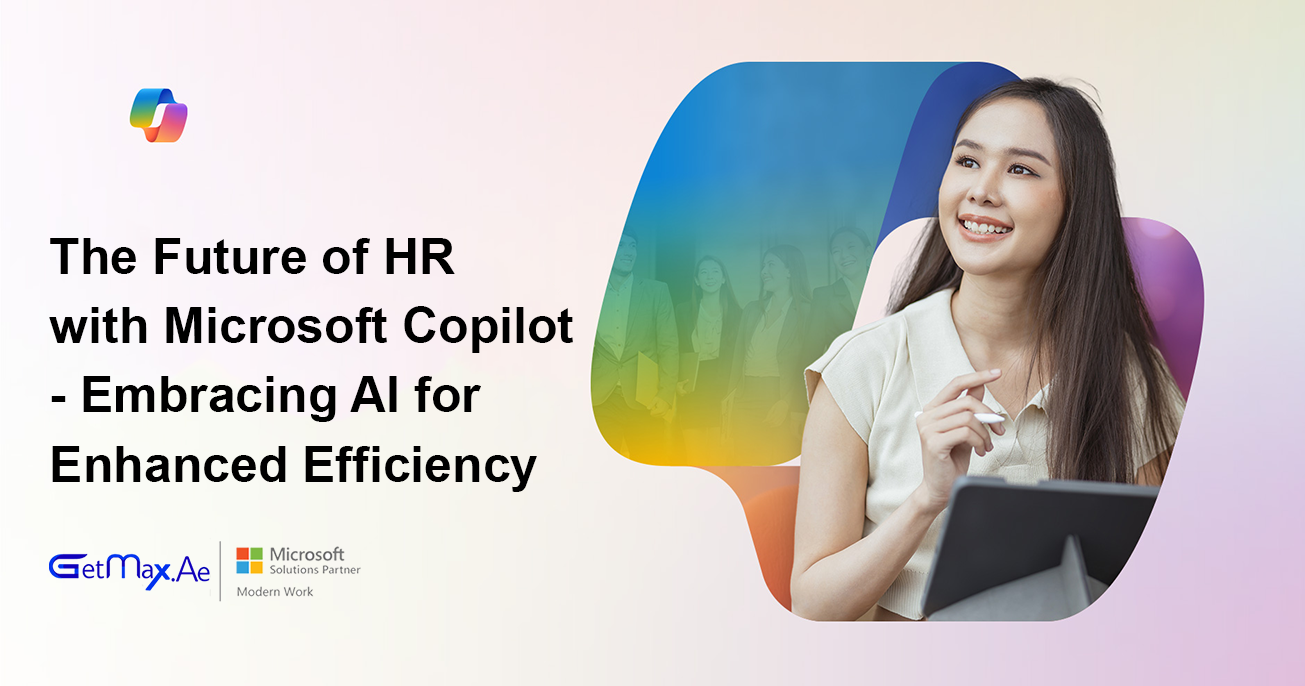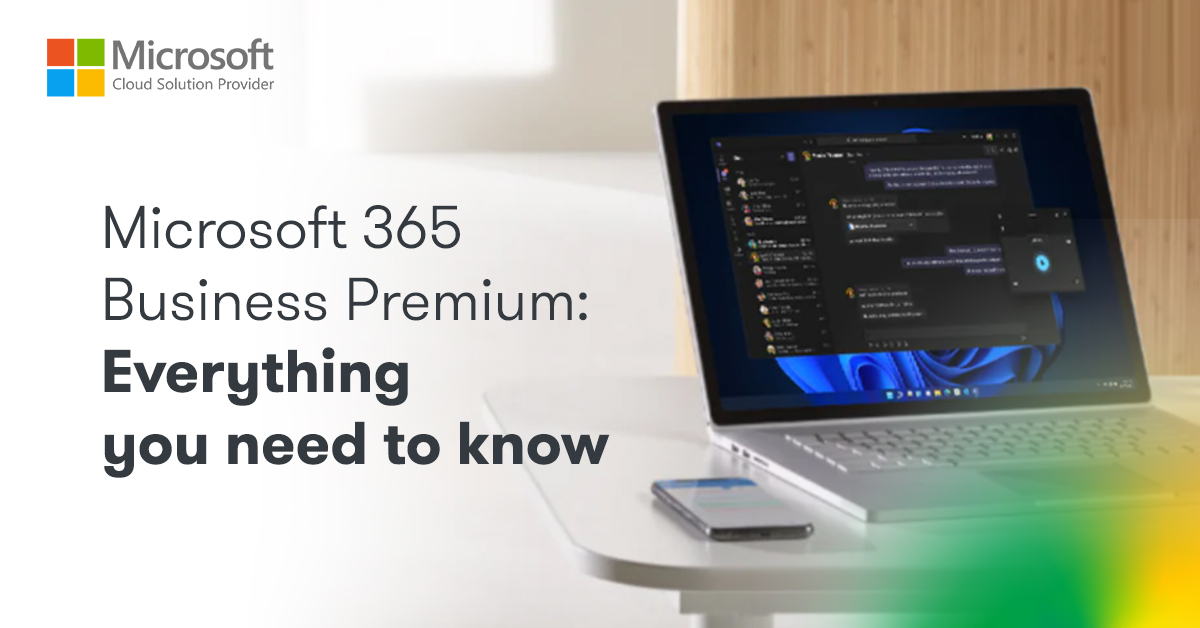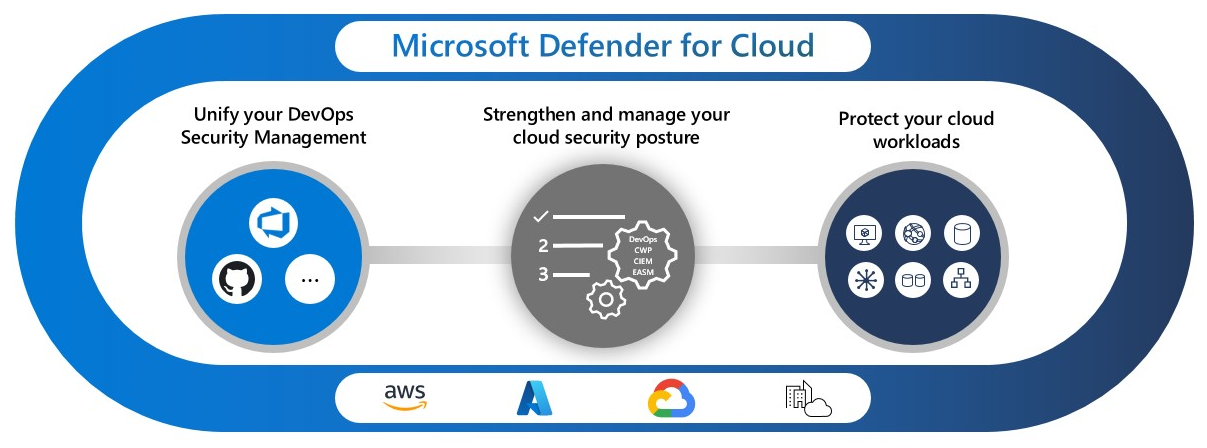
Transforming HR Processes with AI
1. Automating Routine Tasks
HR professionals often find themselves bogged down with repetitive administrative tasks such as scheduling interviews, managing employee records, and handling payroll queries. Microsoft Copilot leverages AI to automate these routine processes, freeing up HR teams to focus on more strategic initiatives. This automation not only increases efficiency but also reduces the likelihood of human error, ensuring more accurate and reliable outcomes.
2. Enhanced Talent Acquisition
Recruitment is a critical function of HR, and Microsoft Copilot offers sophisticated tools to enhance this process. By analyzing vast amounts of data from resumes, social media profiles, and previous hiring trends, Copilot can identify the best candidates for a given role. It also assists in crafting personalized job descriptions and targeted recruitment campaigns, attracting top talent more effectively.
3. Improving Employee Engagement
Employee engagement is vital for retention and productivity. Microsoft Copilot uses AI to monitor employee sentiment through various channels such as emails, chat interactions, and survey responses. By analyzing this data, it provides insights into employee morale and identifies areas that require attention. This proactive approach enables HR teams to address issues before they escalate, fostering a more positive work environment.
4. Data-Driven Decision Making
In today’s data-centric world, making informed decisions is crucial. Microsoft Copilot provides HR professionals with robust analytics and reporting tools, offering deep insights into workforce trends, performance metrics, and organizational health. These data-driven insights empower HR leaders to make strategic decisions that align with business goals, ultimately driving growth and success.
5. Learning and Development
Continuous learning and development are essential for employee growth and organizational competitiveness. Microsoft Copilot can recommend personalized learning paths based on an employee’s role, performance, and career aspirations. By facilitating targeted training programs, Copilot ensures that employees acquire the skills needed to thrive in their roles and contribute to the organization’s success.
Embracing the Future with Microsoft Copilot









